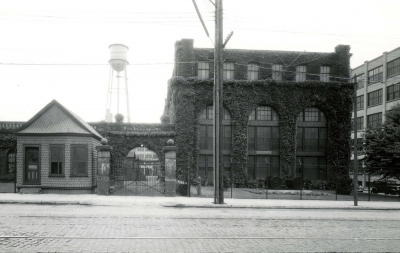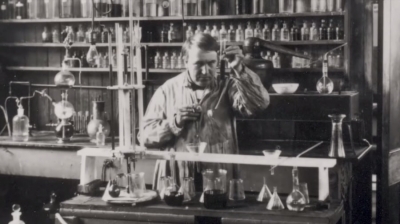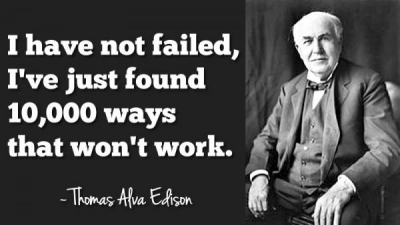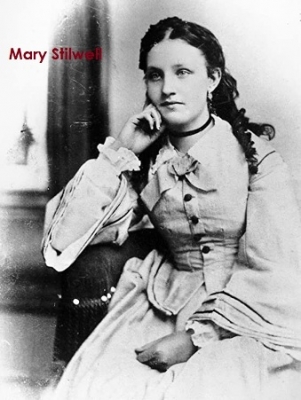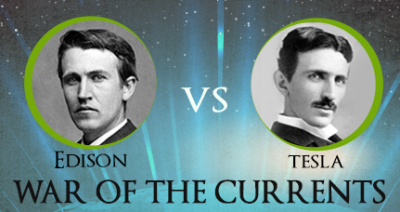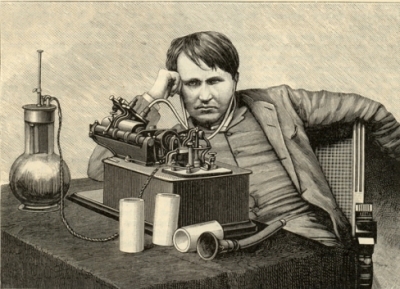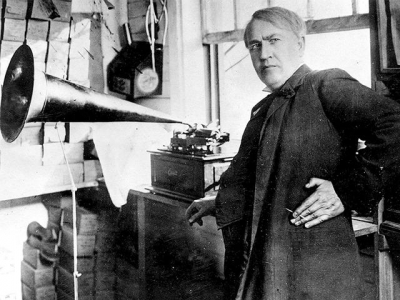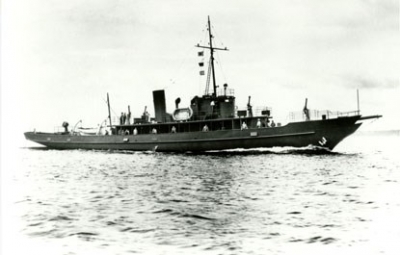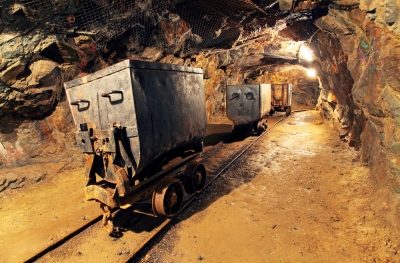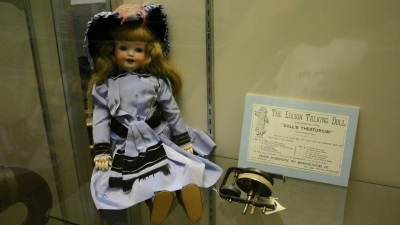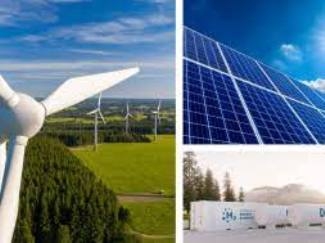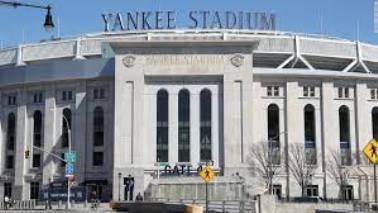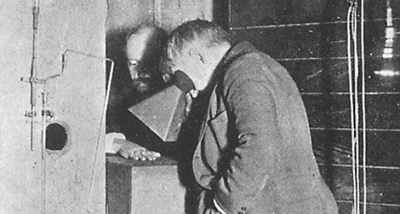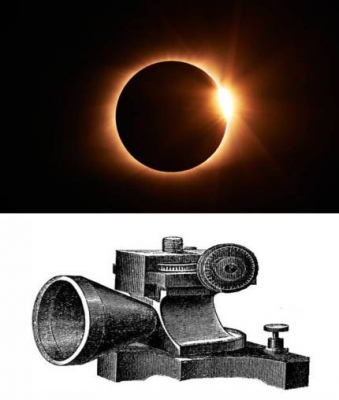When did Edison get married for a second time?
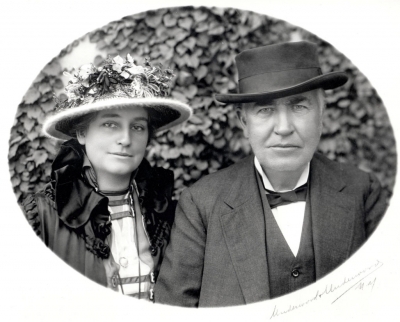
A young lady named Mina Miller came into Edison’s life after the death of Mary. Edison, who was then 39, married the 20-year-old Mina in 1886. Mina had been born to a highly cultured family in Akron, Ohio, and she was very different from Mary who had come from a humbler background.
Edison bought a huge, 23-room mansion as a wedding gift to Mina. It was an estate of 13 acres including the home, a barn, garage, farm animals and tended grounds, Mina became the loving matriarch of the place. She was a loving wife to Edison, and also a trusted business advisor.
Three children were born to Edison and Mina - Madeleine, Charles and Theodore. Charles Edison later became the governor of New Jersey (1941-1944). It was Charles who took over Edison’s laboratories and businesses, after his death. Theodore, the youngest son was also an inventor, and had acquired over eighty patents.
Picture Credit : Google
